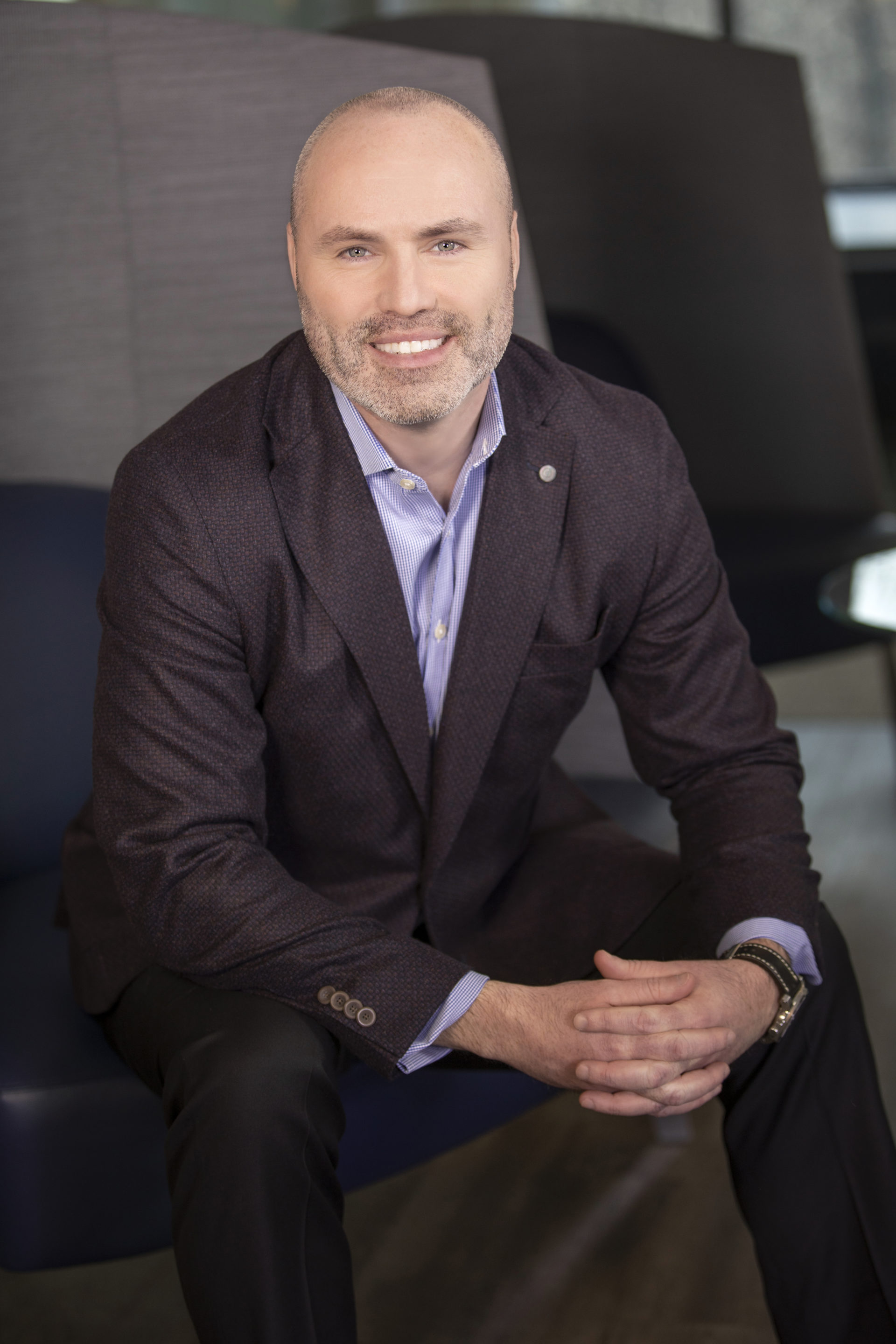Citigroup (Citi) has made significant changes to its executive team, reflecting its ongoing efforts to reshape its business and bolster key divisions, particularly in wealth management and technology.
One of the most notable hires is Andy Sieg, who joined Citi as the head of its global wealth management division. Sieg, who previously led Merrill Lynch’s wealth management unit, has been instrumental in driving strategic changes at Citi, including the recruitment of top talent from competitors. Under Sieg’s leadership, Citi has attracted executives such as Dawn Nordberg, a veteran of Morgan Stanley, to spearhead a new client engagement group aimed at enhancing the synergy between Citi’s banking and wealth management arms. This move is part of a broader strategy to improve client asset growth and better integrate the firm’s services across divisions.
Citi has also made key hires in its technology division, emphasizing the importance of digital transformation. Tim Ryan, a former senior partner at PwC, was recently appointed as Citi’s new head of technology and business enablement. His role involves leading the bank’s efforts in technology modernization and ensuring that Citi remains competitive in the rapidly evolving financial services landscape. This hire comes at a time when Citi is under pressure to enhance its digital capabilities and streamline operations, particularly as it faces competition from more agile fintech companies.
In addition to these hires, Citi has been actively reshuffling its leadership to align with its strategic goals. For example, the bank appointed Jonathan Lofthouse as co-CIO, reflecting its commitment to strengthening its technology leadership. Lofthouse’s appointment follows the departure of Stuart Riley, another long-time executive, signaling a shift in how Citi is approaching its technological and digital initiatives.
The changes in leadership at Citi are also reflective of broader challenges within the bank, particularly in its wealth management division. A recent report from Bank of America suggested that Citi might explore strategic alternatives for its wealth management unit if profitability continues to lag behind peers. This speculation has added urgency to the efforts of new hires like Sieg to turn around the division and achieve better financial performance.
As Citi continues to evolve under the leadership of CEO Jane Fraser, the bank’s ability to attract and retain top executive talent will be crucial. Fraser’s strategic vision includes a significant restructuring of Citi’s operations, with a particular emphasis on modernizing the bank and sharpening its focus on risk management and customer service. The recent executive hires are a clear indication of Citi’s commitment to these goals, as the bank seeks to position itself as a leader in the global financial services industry.
Based on these developments, here are five recommendations for executive recruitment teams:
Focus on Cultural Fit: Given the strategic shifts at Citi, it’s essential to ensure that new hires align with the company’s evolving culture and long-term vision. Recruitment teams should prioritize candidates who not only possess the necessary skills but also share the organization’s values and are capable of driving change.
Leverage Industry Relationships: Citi’s successful recruitment of executives from top competitors underscores the importance of industry relationships. Recruitment teams should cultivate strong networks within the industry to identify and attract top talent, particularly from rivals who may be looking for new challenges.
Emphasize Digital Expertise: As Citi continues to prioritize digital transformation, recruitment teams should focus on candidates with a strong background in technology and digital innovation. This is particularly important for roles in technology leadership, where the ability to drive modernization efforts is crucial.
Consider Strategic Alternatives: Recruitment teams should be prepared to pivot if certain business units continue to underperform. In such cases, bringing in external talent with experience in restructuring or turning around struggling divisions could be vital.
Balance Internal Promotions with External Hires: While external hires bring fresh perspectives, promoting from within can ensure continuity and maintain institutional knowledge. Recruitment teams should strike a balance between these approaches, ensuring that leadership teams are both innovative and well-versed in the company’s operations.
Citi’s recent executive hires reflect the bank’s broader strategy of reinvention and modernization, as it seeks to enhance its competitive positioning in a challenging financial landscape. Recruitment teams can learn from Citi’s approach, focusing on cultural alignment, industry relationships, and digital expertise to build a leadership team capable of driving the organization forward.


